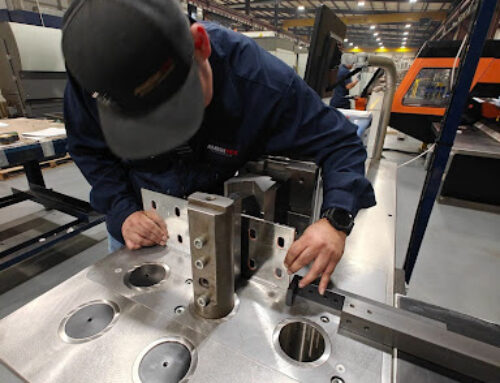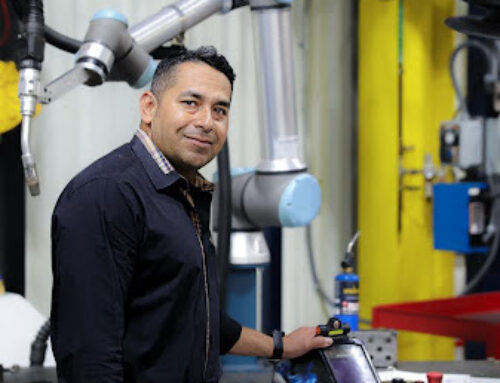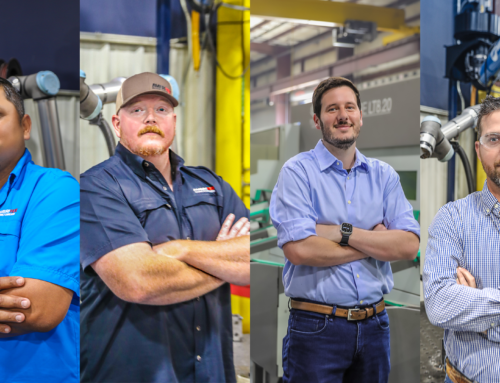Is it better to weld or bolt when you’re fabricating sheet metal parts?
Welding is such a common application in precision sheet metal fabrication that customers often overlook a better alternative: bolt-on. There’s a reasonable explanation for this oversight—their fabrication shops often don’t give them the option. Unfortunately, many fabrication shops just want to look at a print and make the part—and due to limitations in their technology, they find it easier to weld than fasten.
But the easiest option doesn’t always yield the best outcome.
At Ameritex, our team lives by the mantra: “If you can bolt it on, you should bolt it on.” When we receive a print or (ideally) a 3D model, we examine the design to see how each component works together and identify potential improvements. We often find opportunities to create fastened joints instead of welded ones—and our customers always benefit.
5 Benefits of Using Fasteners in Precision Sheet Metal Fabrication
Here are five reasons to include bolt-on solutions instead of welding in your next part design:
- Lower costs. Welding is a manual activity, so it carries a greater risk of human error that could result in costly rework. In our shop, bolting is an entirely automated process, which reduces labor costs as well as the risk of mistakes.
- Equal strength. There’s a common misconception that welding is stronger than bolting, but that simply isn’t true. Bolting is just as strong as welding—and can be stronger in some situations. The strength of a weld is largely determined by the expertise of the welder. The chances of an inexperienced welder applying a bad weld are much greater than the chances of a bolt failing.
- Greater accuracy. Since using fasteners relies on the accuracy of a machine, it’s easier to achieve tight tolerances and more precision when locating parts in an assembly.
- Easier to finish. When a complex part has been welded, it can be difficult to access all those nooks and crannies during plating, anodizing, and other finishing processes. If you want your part to appear pristine after finishing operations, bolt-on is the way to go.
- Easier to replace. Nothing lasts forever. Bolt-on parts are much easier in replacement scenarios because they can be done so precisely, whereas a weld has to be cut off in order to replace parts. It’s also easier to reattach replacement parts onsite with bolt-on.
One of our customers in Louisiana recently had a set of solar racks that went through a major hurricane and suffered some damage. The roofs of the racks were bolted on instead of welded, which allowed us to easily replace the damaged sections and get them back in business.
Did you know that almost any part or product can easily be bolted together instead of welded? Include fasteners in your initial design so Ameritex can get to work without having to resubmit recommendations for approval.
Request a quote for your next precision sheet metal fabrication project and we’ll show you how bolt-on can make your part better.




